Whether you’re a traveler printing boarding passes on the go, a newlywed crafting wedding invitations, or an adventurer planning your next trek, connecting your printer to WiFi is essential for modern, cord-free printing. In this comprehensive guide, you’ll learn how to connect a printer to WiFi—from basic setup on Windows and Mac to HP, Canon, and more—plus advanced troubleshooting tips so you can print effortlessly from any device, anywhere.
Understanding WiFi Printer Compatibility
Before diving into setup steps, confirm your printer supports wireless connectivity. Most modern printers have built-in WiFi, but older models may require a wired connection or adapter. Check for:
- A WiFi certification logo on the printer
- Wireless setup options in the control panel
- Compatibility with WPS (WiFi Protected Setup) for simplified connections
If unsure, consult your printer’s manual or manufacturer website. For example, HP’s Smart app streamlines setup for their models3, while Canon offers WPS and smartphone-based methods.
Step-by-Step Guide to Connect Your Printer to WiFi
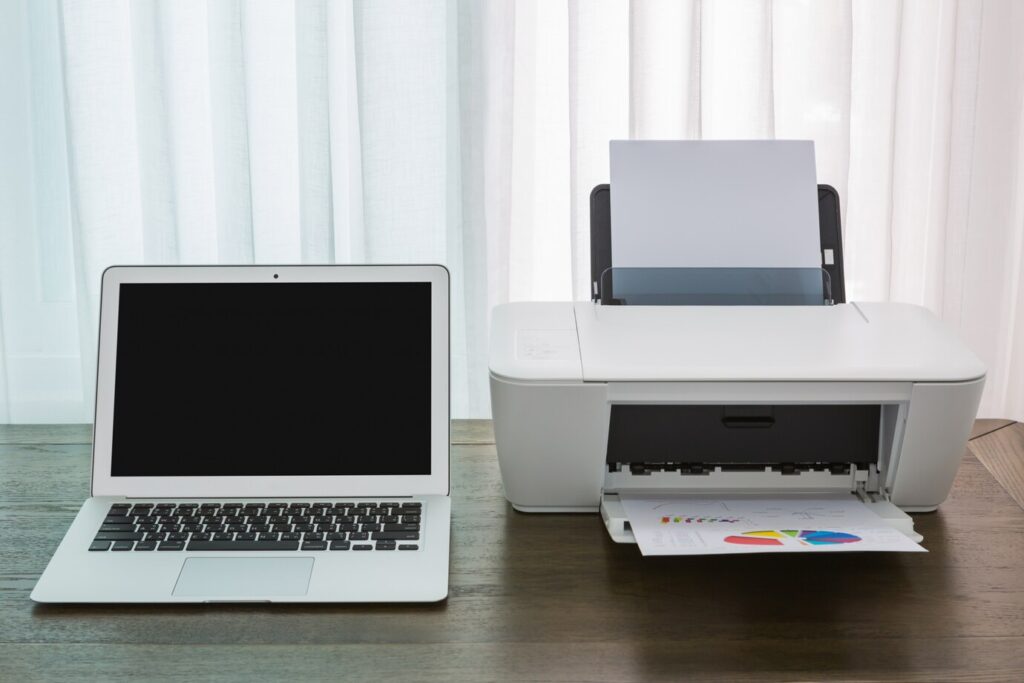
Method 1: Universal WiFi Setup (All Printers)
- Power On: Ensure your printer is plugged in and turned on.
- Access Network Settings:
- On printers with a screen: Navigate to Settings > Network > Wireless Setup Wizard24.
- On printers without a screen: Hold the WiFi button until the light flashes.
- Select Your Network: Choose your WiFi’s SSID (network name) from the list.
- Enter Password: Type your WiFi password using the printer’s keypad or via a connected smartphone app.
- Confirm Connection: Wait for the WiFi light to stay solid, indicating success.
Method 2: WPS Push-Button Setup (For Supported Routers)
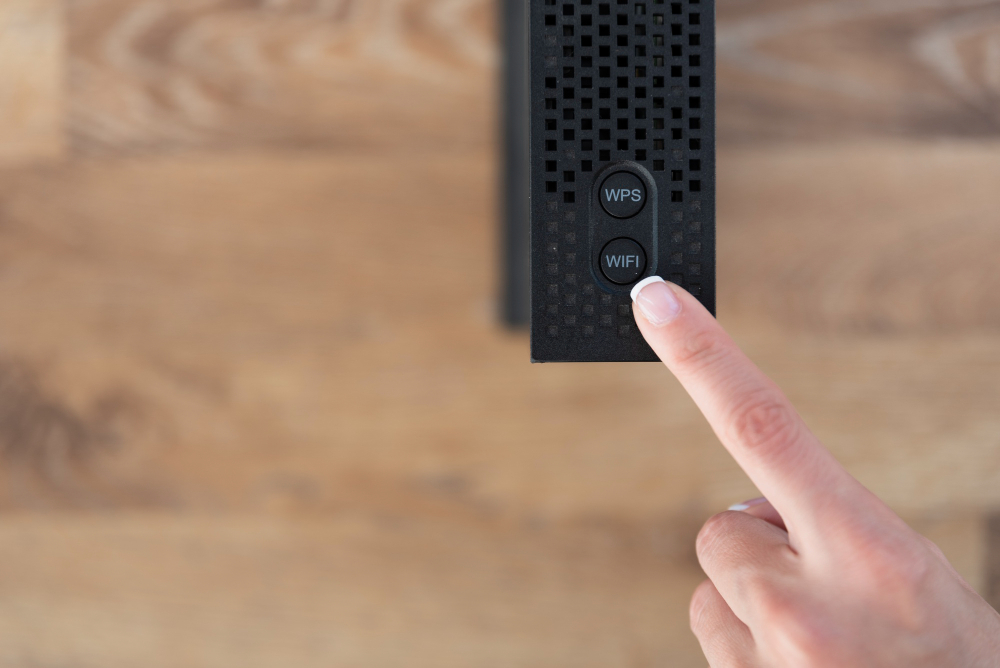
- Press the WPS button on your router.
- Within 2 minutes, press the WPS button on your printer.
- The devices auto-connect-no password needed.
Pro Tip: Ideal for hotels or temporary setups, as it avoids sharing WiFi credentials.
Platform-Specific Instructions
Connecting to Windows
- Open Settings > Bluetooth & devices > Printers & scanners.
- Click Add device and select your printer from the list.
- If unavailable, choose The printer I want isn’t listed and enter its IP address.
Connecting to macOS
- Go to System Settings > Printers & Scanners.
- Click the + button and select your printer.
- For AirPrint-compatible models, no drivers are needed.
Troubleshooting Common WiFi Printer Issues
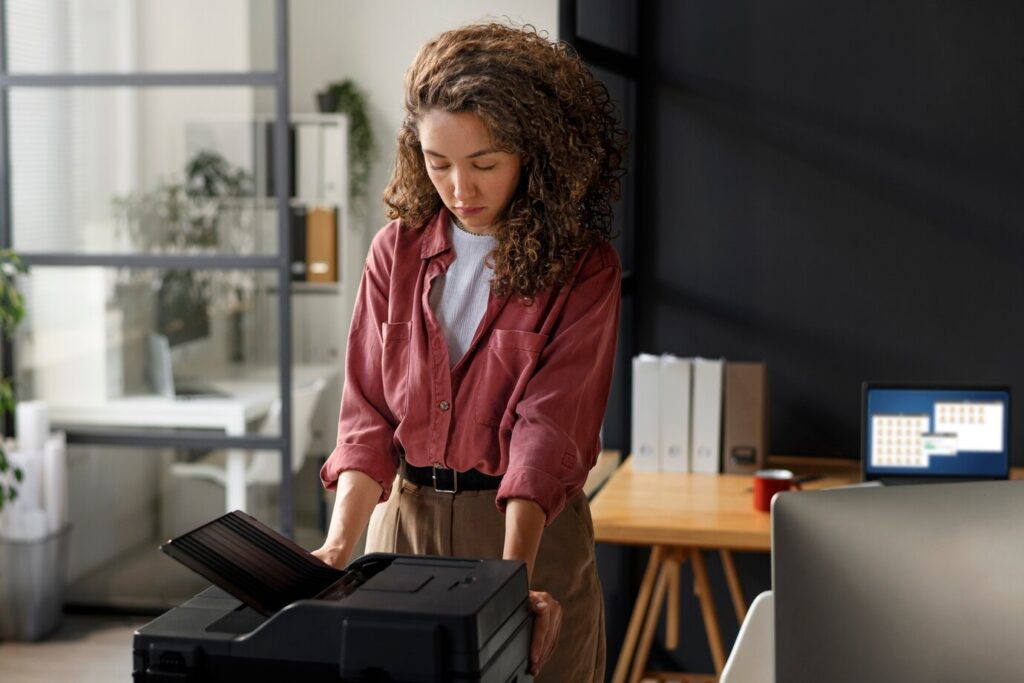
Problem: Printer Won’t Connect to Network
- Solution: Restart your printer and router. Ensure you’re within 10 feet of the router during setup.
Problem: Printer Connect to wifi but Won’t Print
- Solution: Update drivers via the manufacturer’s website or reinstall the printer in your OS settings.
Problem: Frequent Disconnections
- Solution: Assign a static IP to your printer to prevent address conflicts.
Security Best Practices for Wireless Printing
- Change Default Passwords: Many printers have admin passwords like “admin”-update them.
- Use Guest Networks: For public spaces, connect the printer to a separate network to isolate it from personal devices.
- Enable Encryption: Ensure your WiFi uses WPA2 or WPA3 security.
FAQ:
Can I connect a non-WiFi printer wirelessly?
Yes! Use a wireless print server or connect via USB to a always-on computer acting as a shared host.
Why does my printer say “offline” after connecting?
This usually indicates a communication error. Restart the printer, check WiFi signal strength, or reset the print spooler.
How do I print from a phone or tablet?
Use manufacturer apps like HP Smart or Canon PRINT Inkjet, or leverage built-in systems like Apple AirPrint.
Is WPS safe to use in public places?
No-WPS temporarily lowers network security. For hotels or coworking spaces, use manual WiFi setup instead.
Can I use to connect a printer to wifi on multiple networks?
Yes, but you’ll need to reconnect it each time. Save frequent networks in the printer’s memory for quicker swaps.
By following these guidelines, you’ll eliminate cable clutter and enjoy seamless printing-whether you’re finalizing travel documents at a hotel or crafting wedding favors at home. For persistent issues, consult your printer’s support portal or reach out to community forums like Spiceworks or Apple Communities.
In conclusion, learning how to connect a printer to WiFi transforms your printing experience by removing cables and adding flexibility. Whether you’re setting up a home office on Windows, sending quick prints from your Mac, or using HP and Canon wireless features, the steps are straightforward once you know where to look. By following the methods outlined above—and troubleshooting any hiccups—you’ll be able to print documents and photos from any device, anywhere in your network. Ready to go cord-free? Grab your device, follow our guide, and enjoy the convenience of truly wireless printing today!
Why Is My Printer Offline? Read Now.

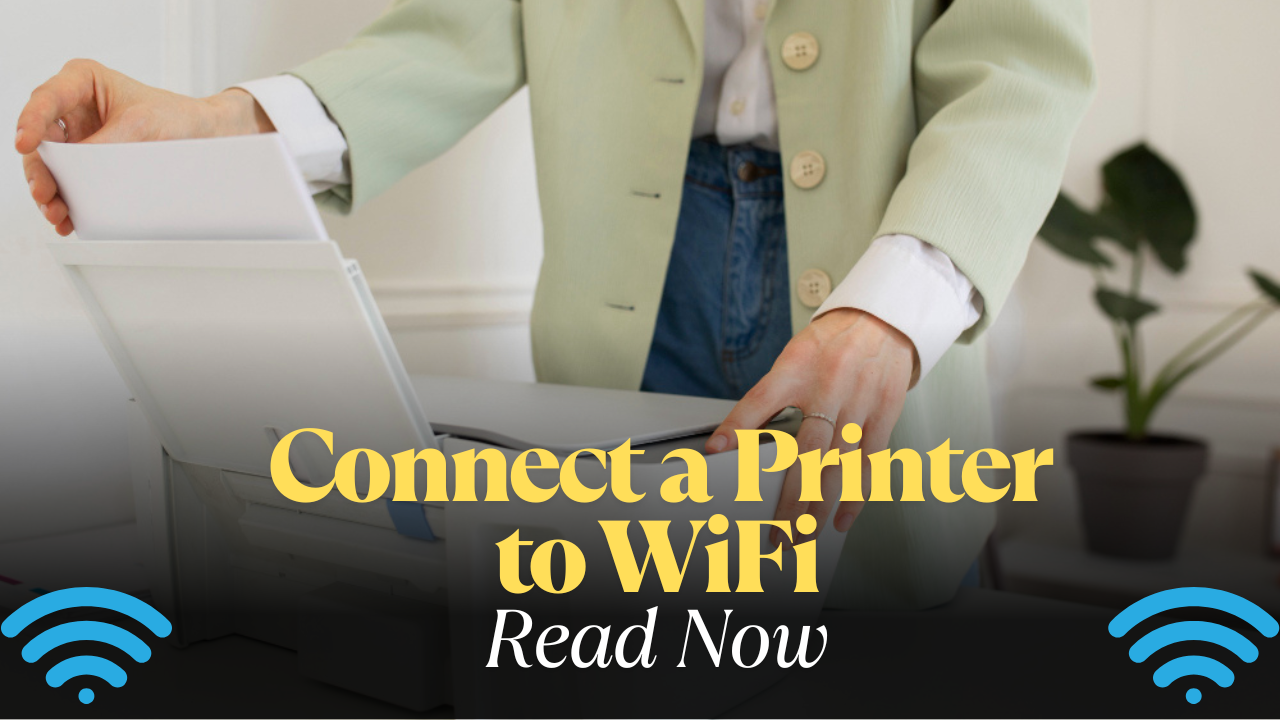


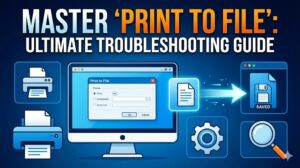
Recent Comments